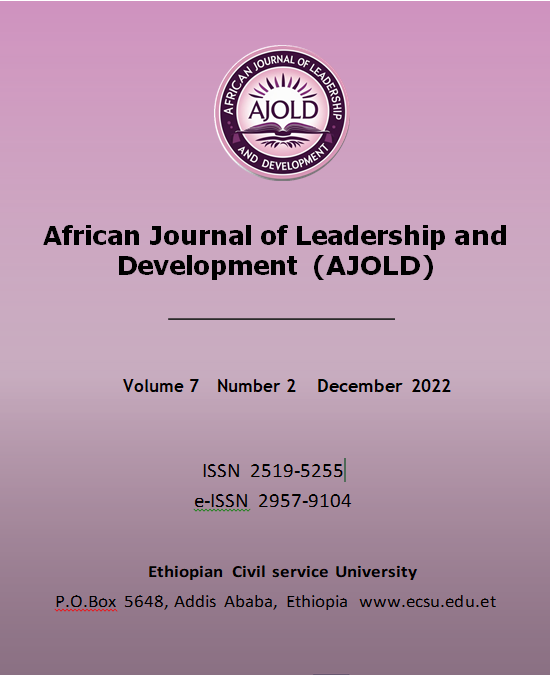The effect of monitoring and evaluation practices on the success of development projects of non-governmental organizations
DOI:
https://doi.org/10.63990/2022ajoldvol7iss2pp17-32Keywords:
Project success, M&E Plan, M&E budget, stakeholders’ engagement, NGO sector, development projects, Ethiopia, job satisfaction, organizational citizenship behavior, organizational performanceAbstract
Though project management literature documents that monitoring and evaluation (M&E) is of paramount importance in explaining the project success, there are few empirical studies that address the unique contribution of M&E in project success. The purpose of this study is, therefore, to investigate the effect of M&E practices on project success. The study mainly employs survey research design comprising explanatory research types. Using 92 development projects of the Non-Governmental Organization (NGO) sector in Ethiopia, the findings from multiple linear regression indicate that project M&E practices in terms of planning, staff technical skill, budgeting and stakeholders’ engagement have positive and significant effects on project success. Thus, the findings of this study imply that project-oriented organizations including NGOs need to establish robust project M&E system in order to enhance the project success.
Downloads
Published
How to Cite
Issue
Section
License
This work is licensed under a Creative Commons Attribution-NonCommercial 4.0 International License






